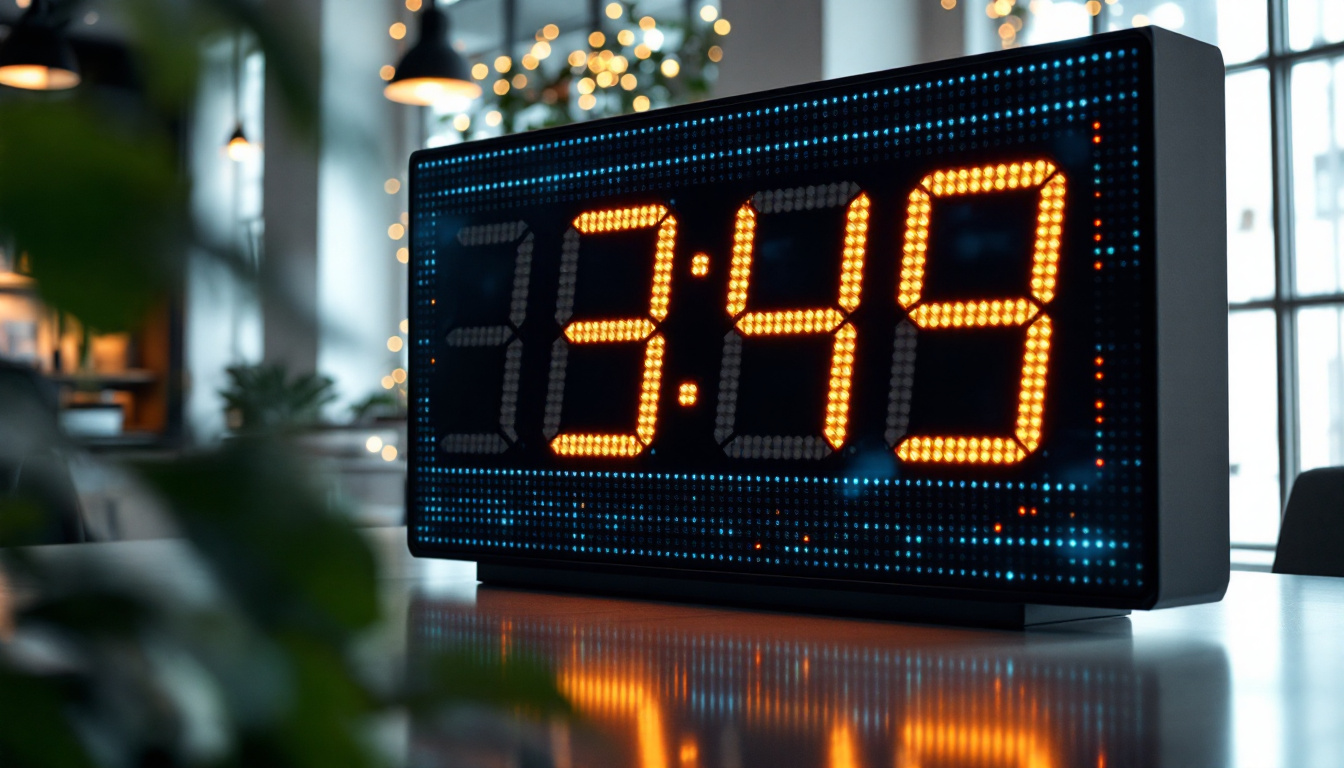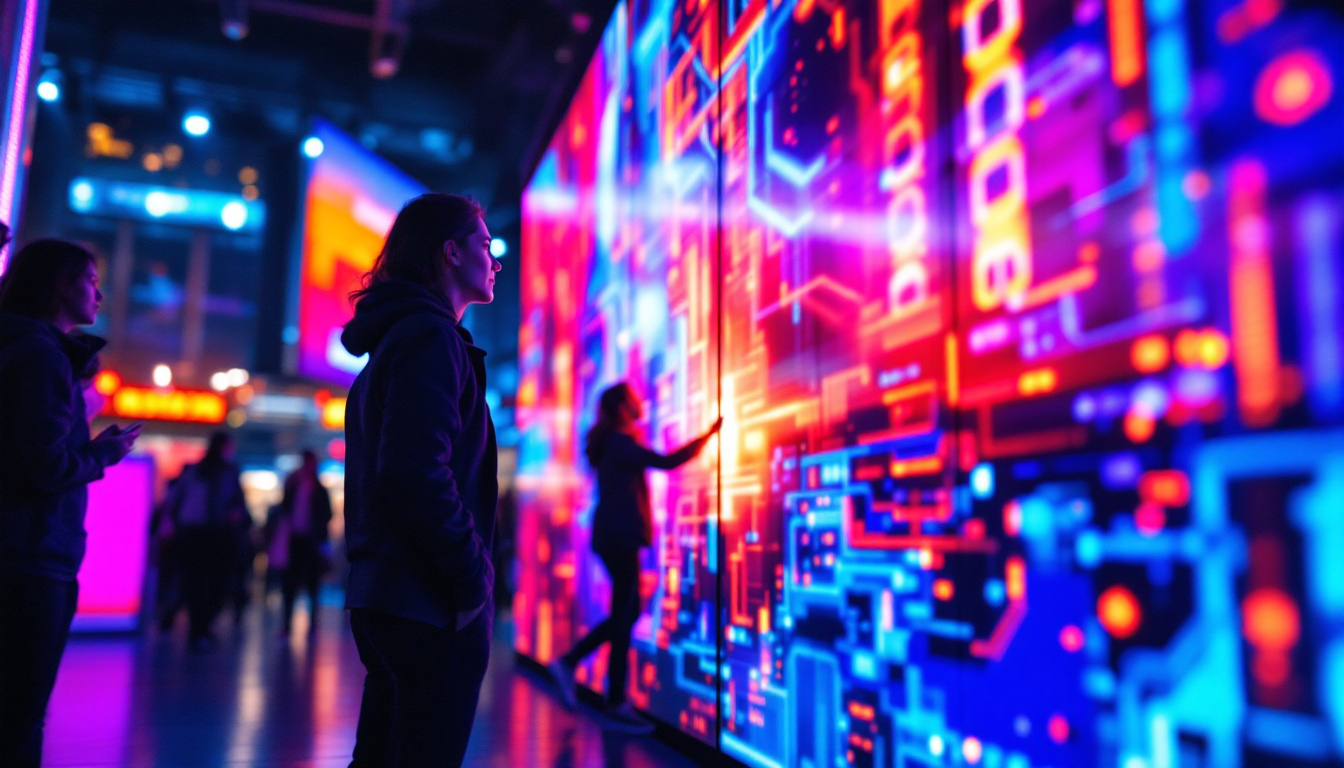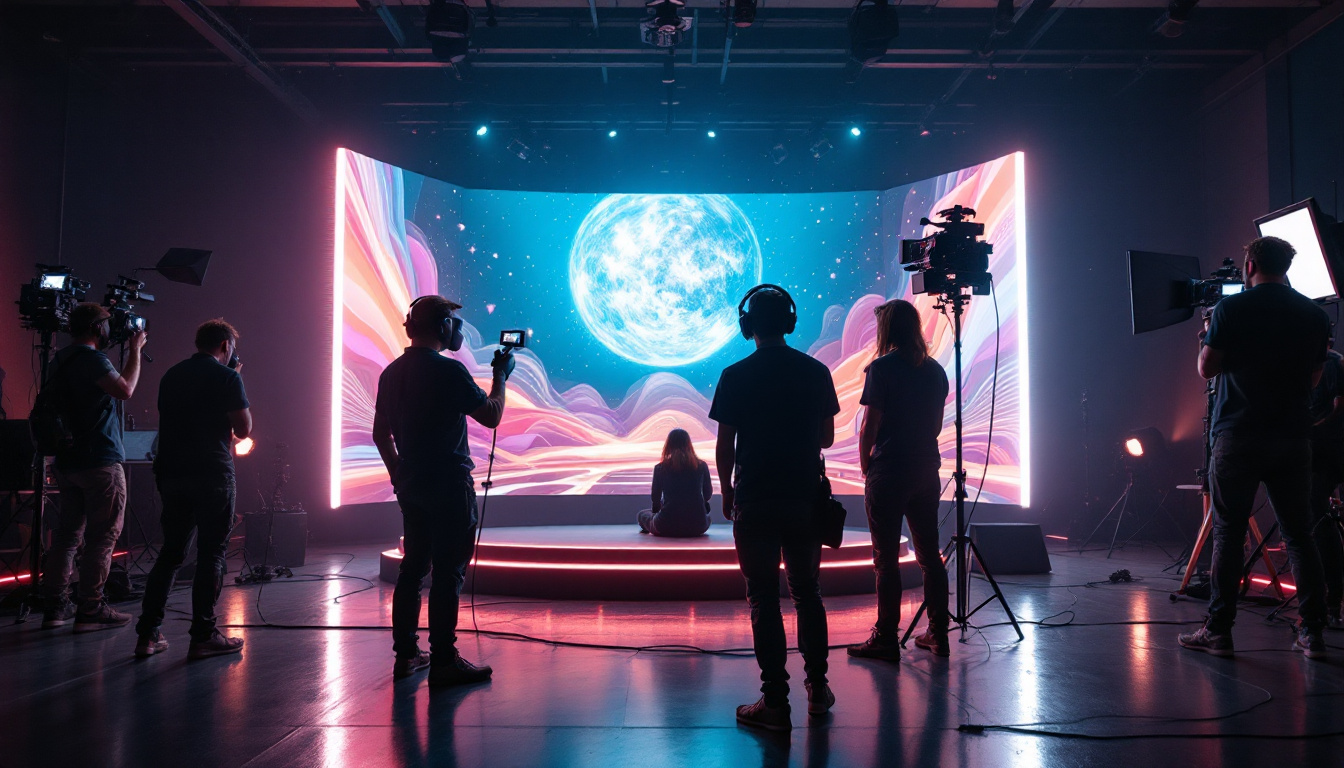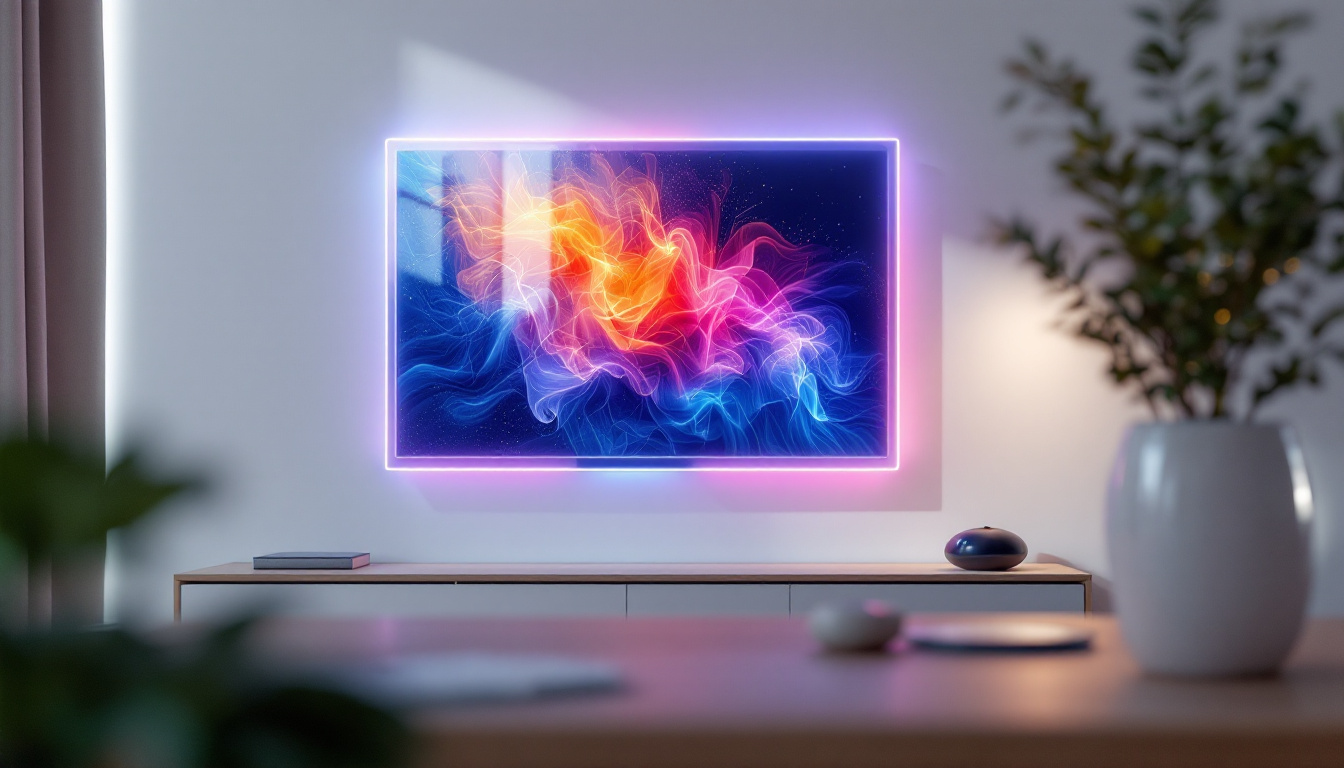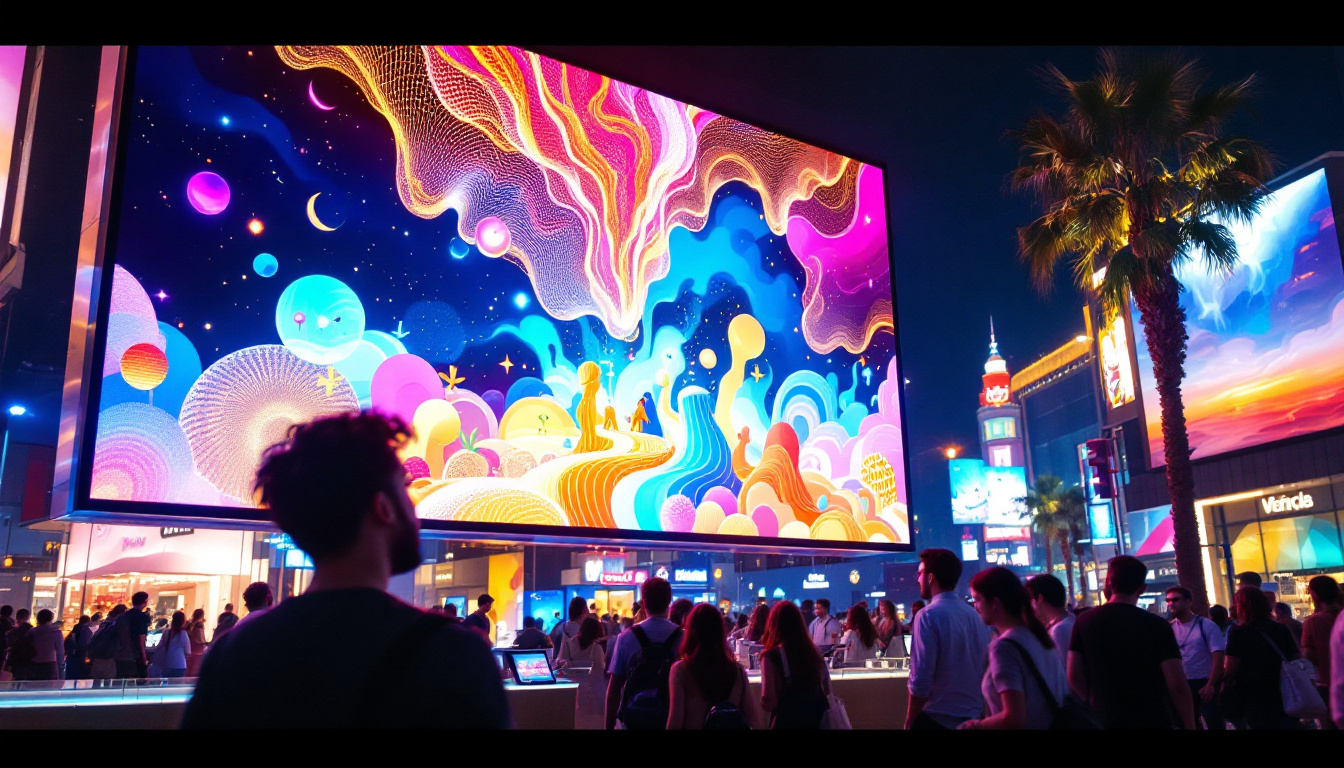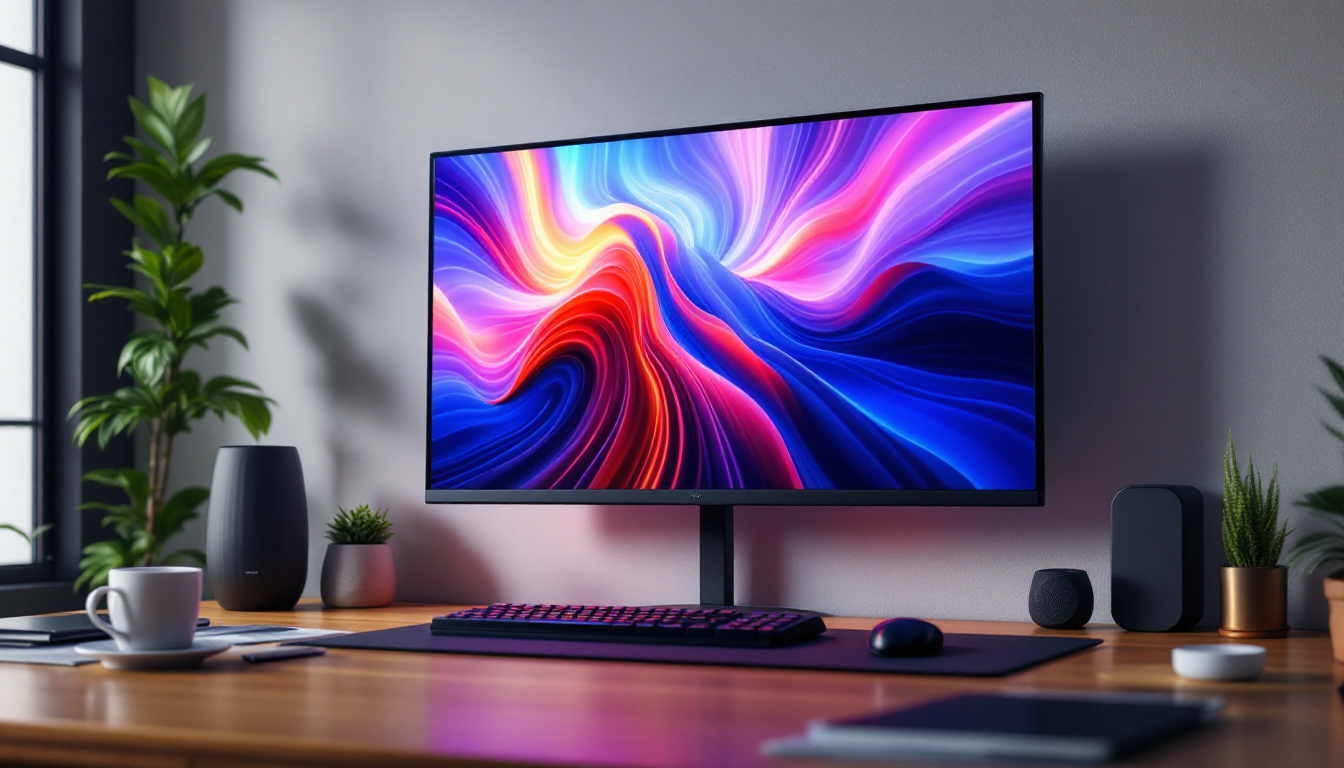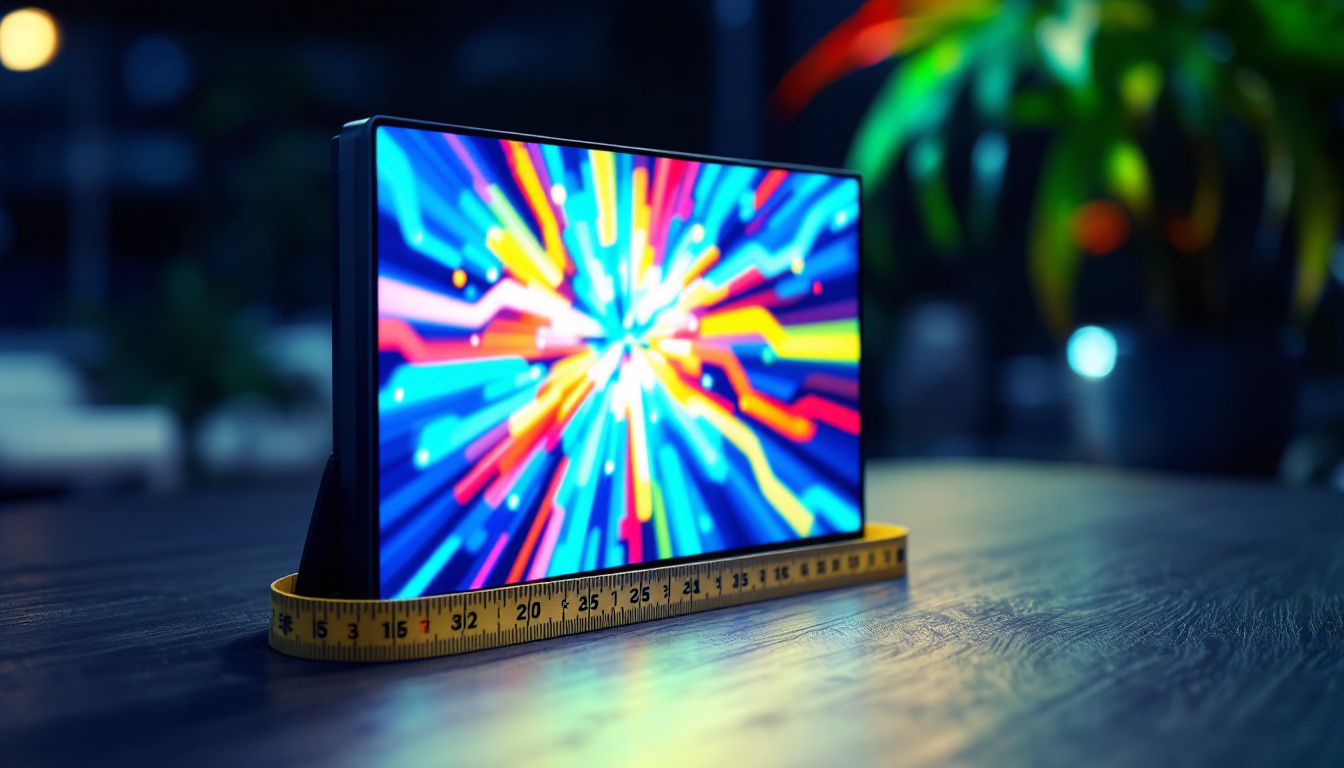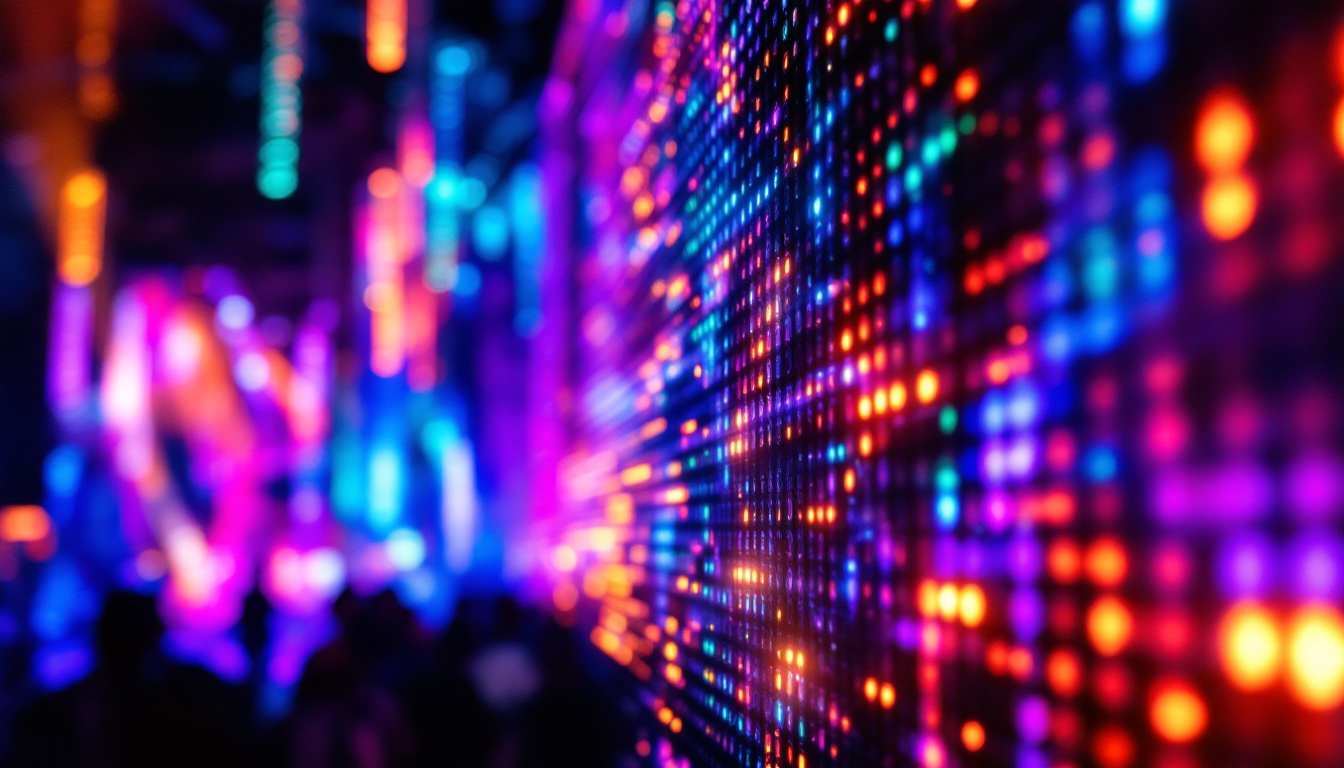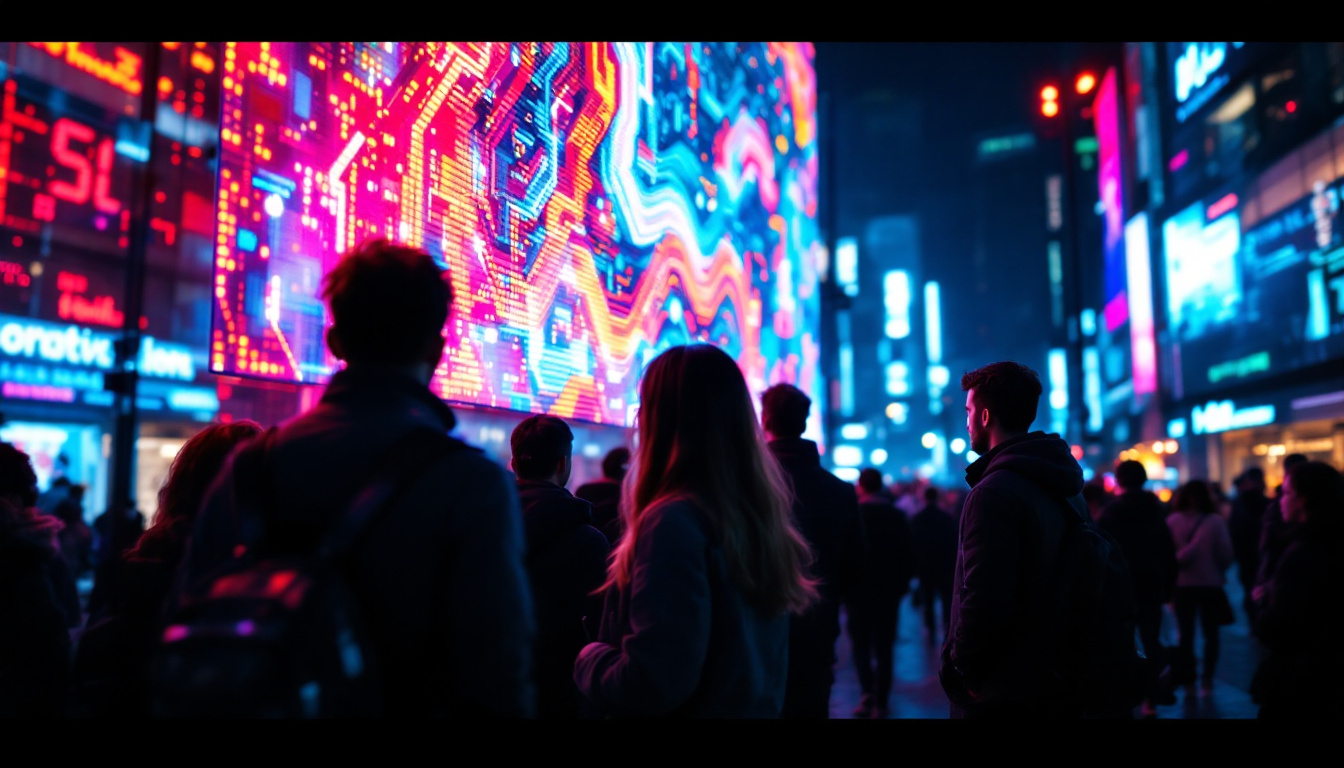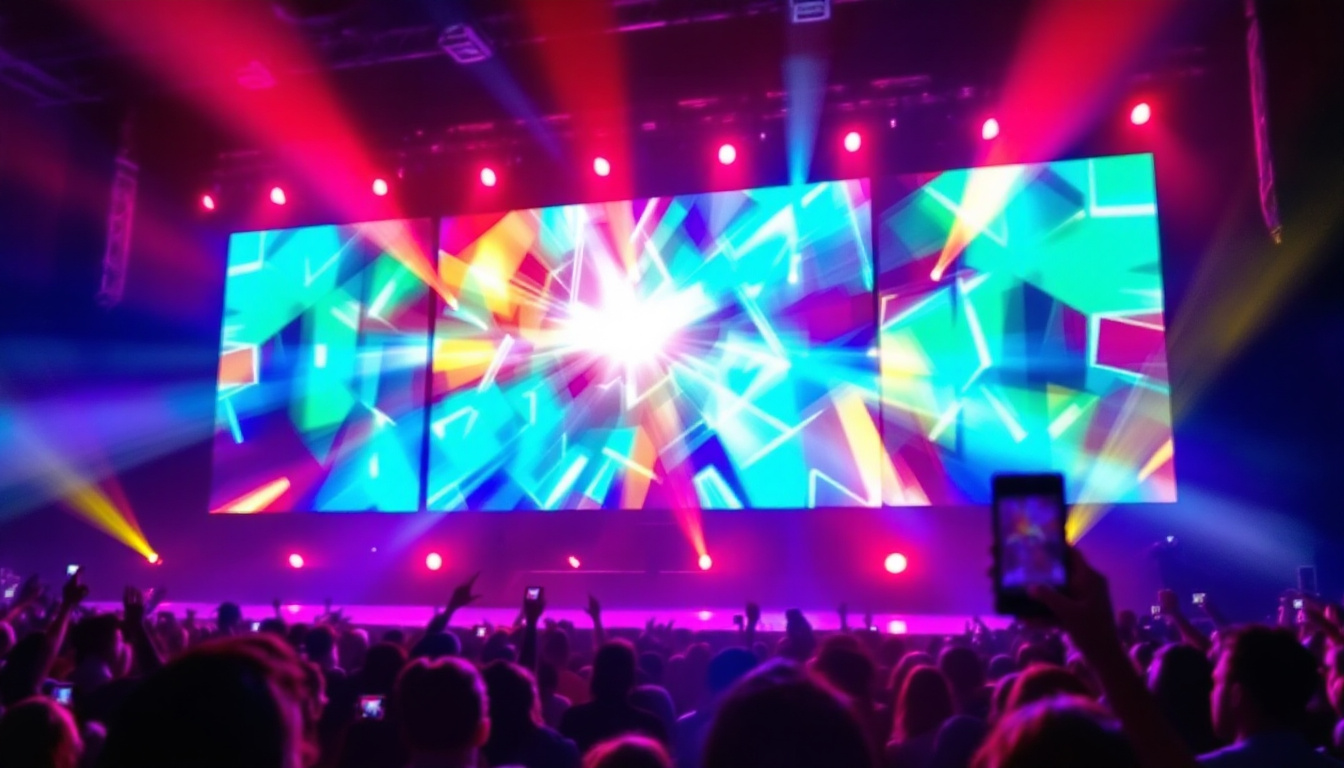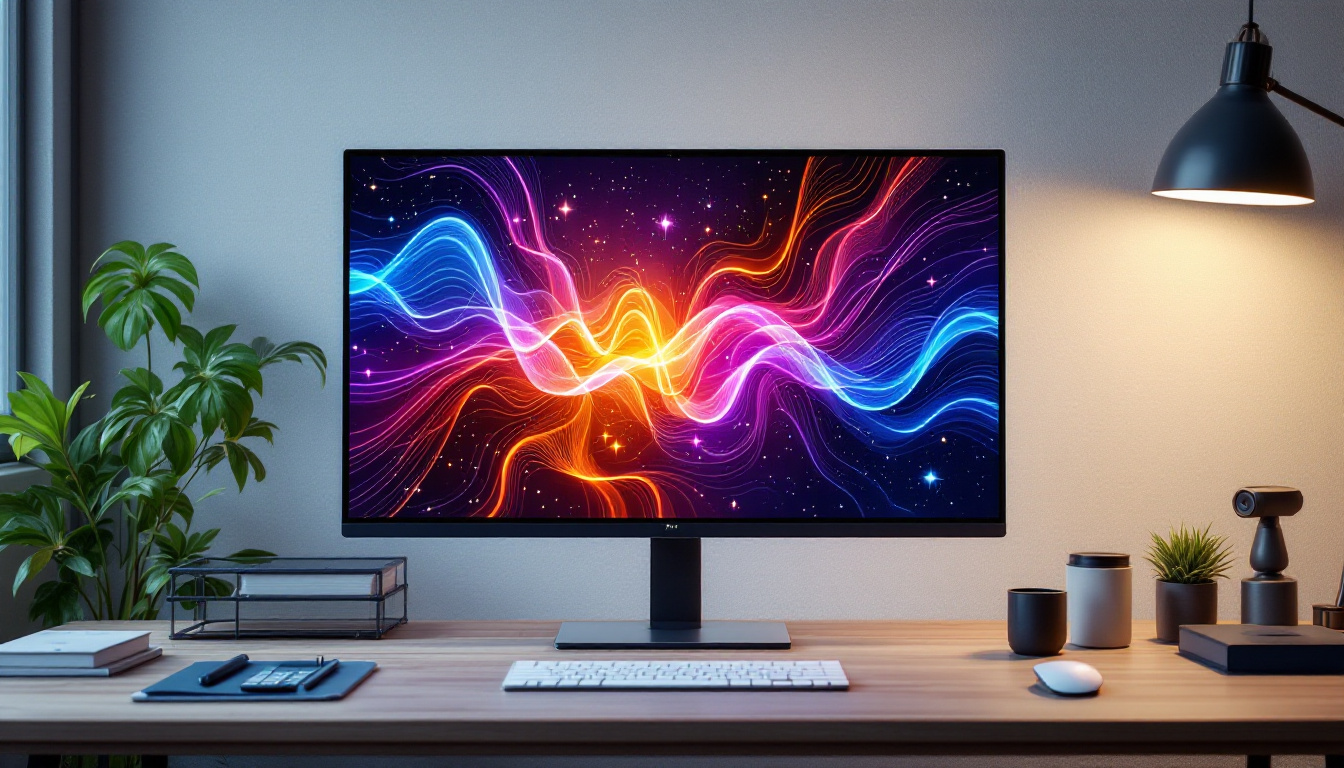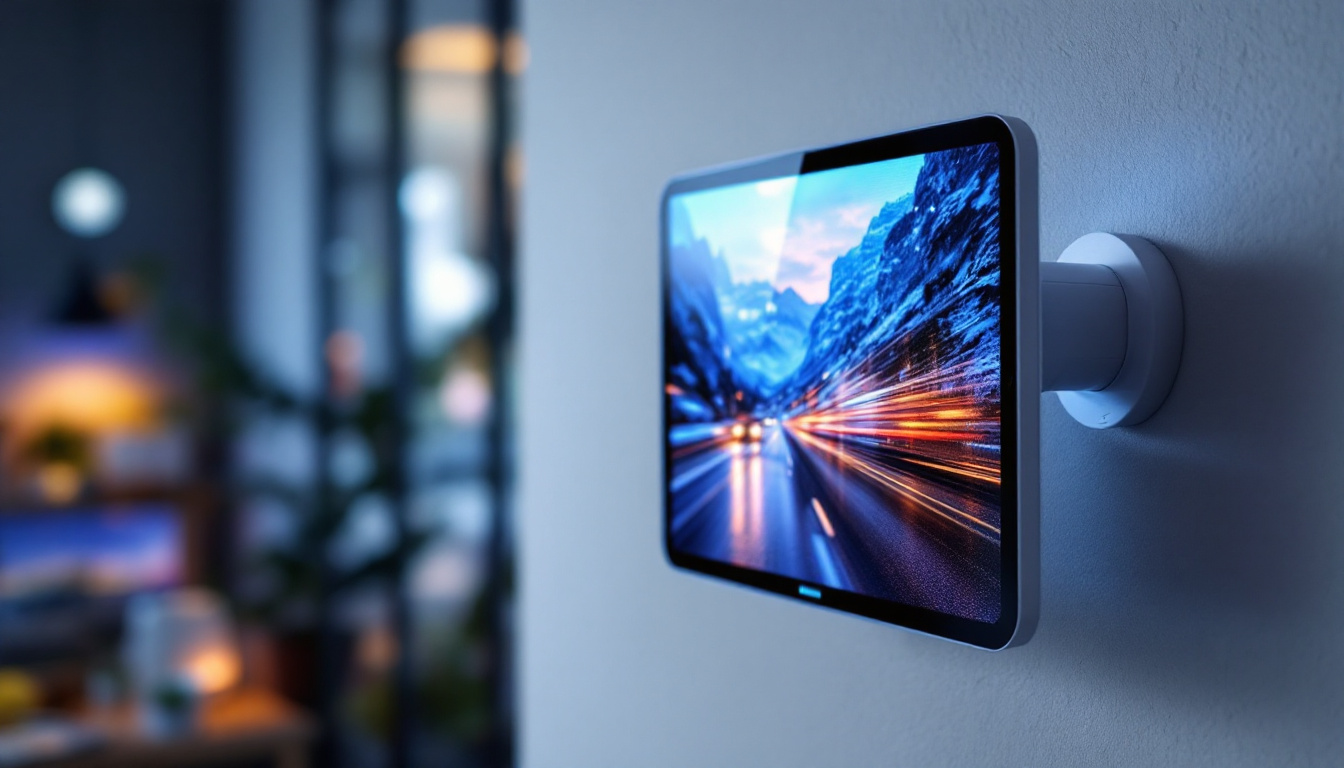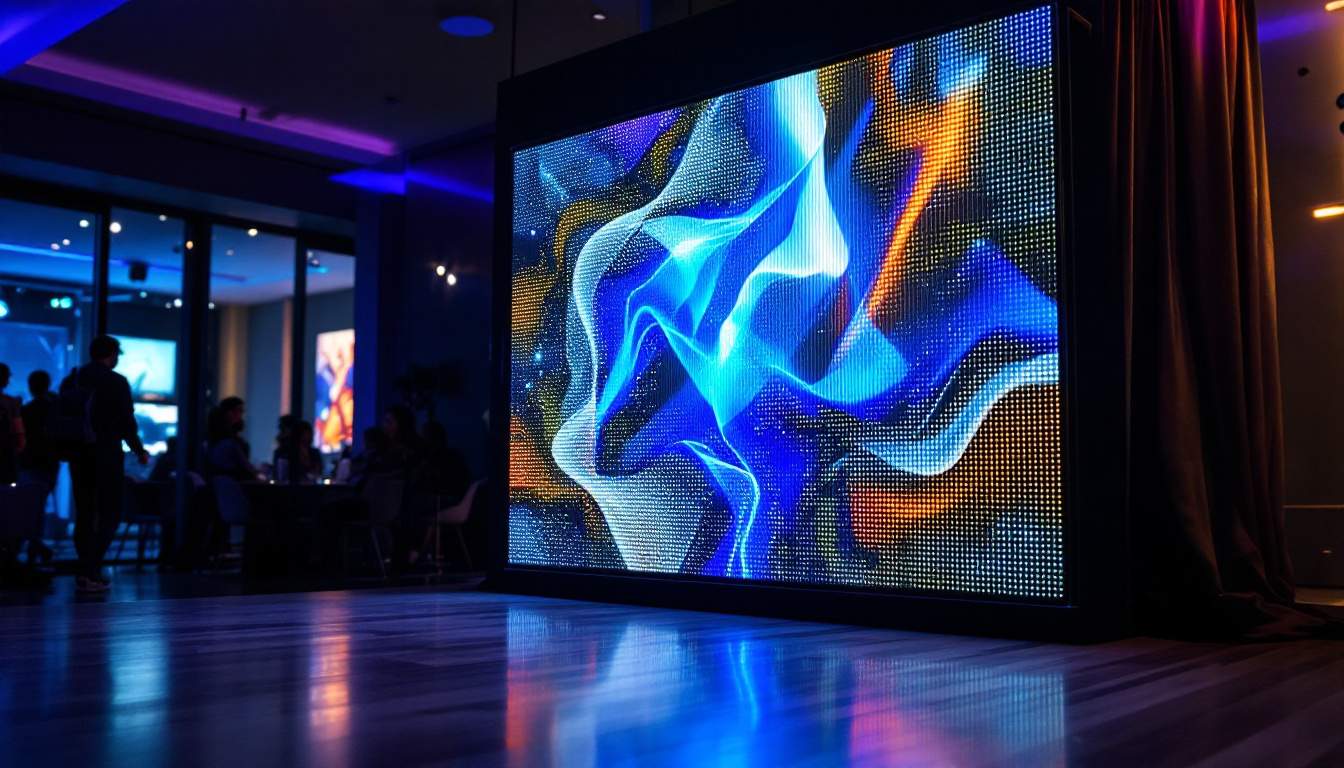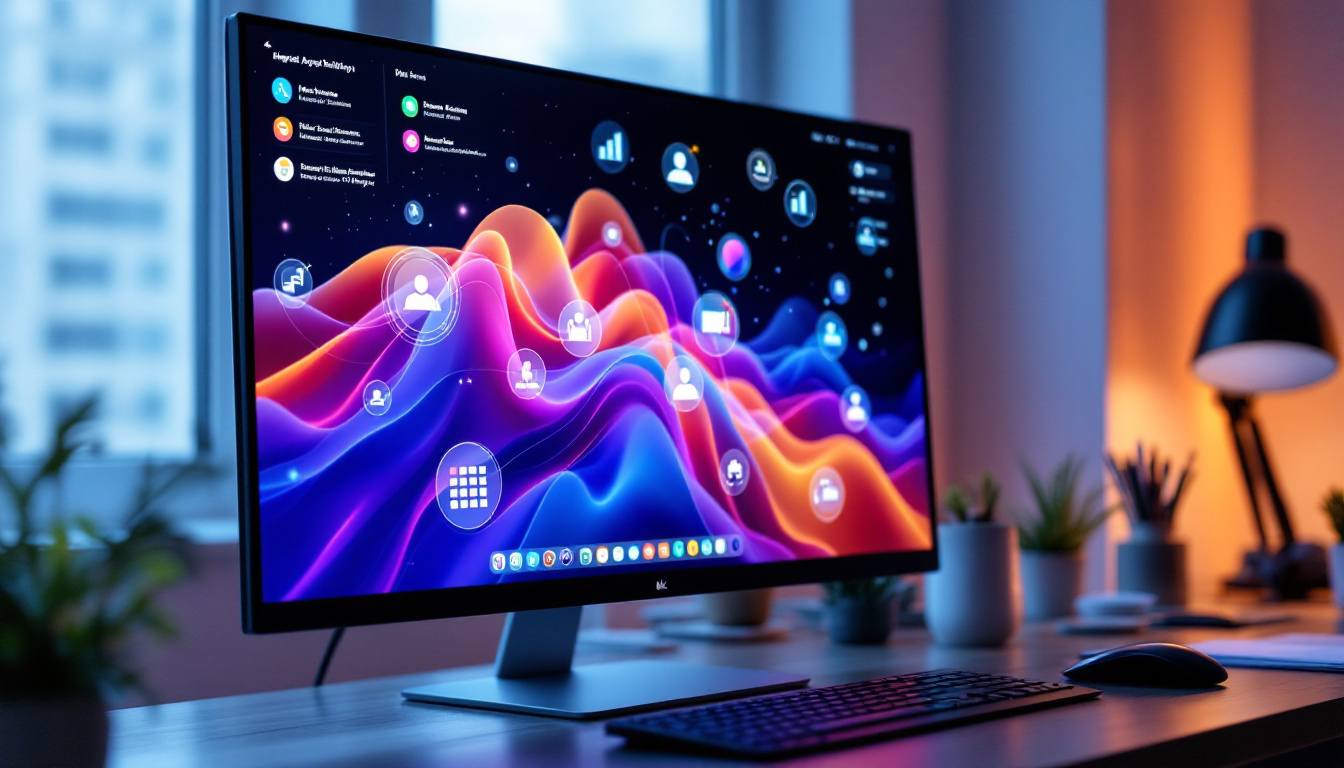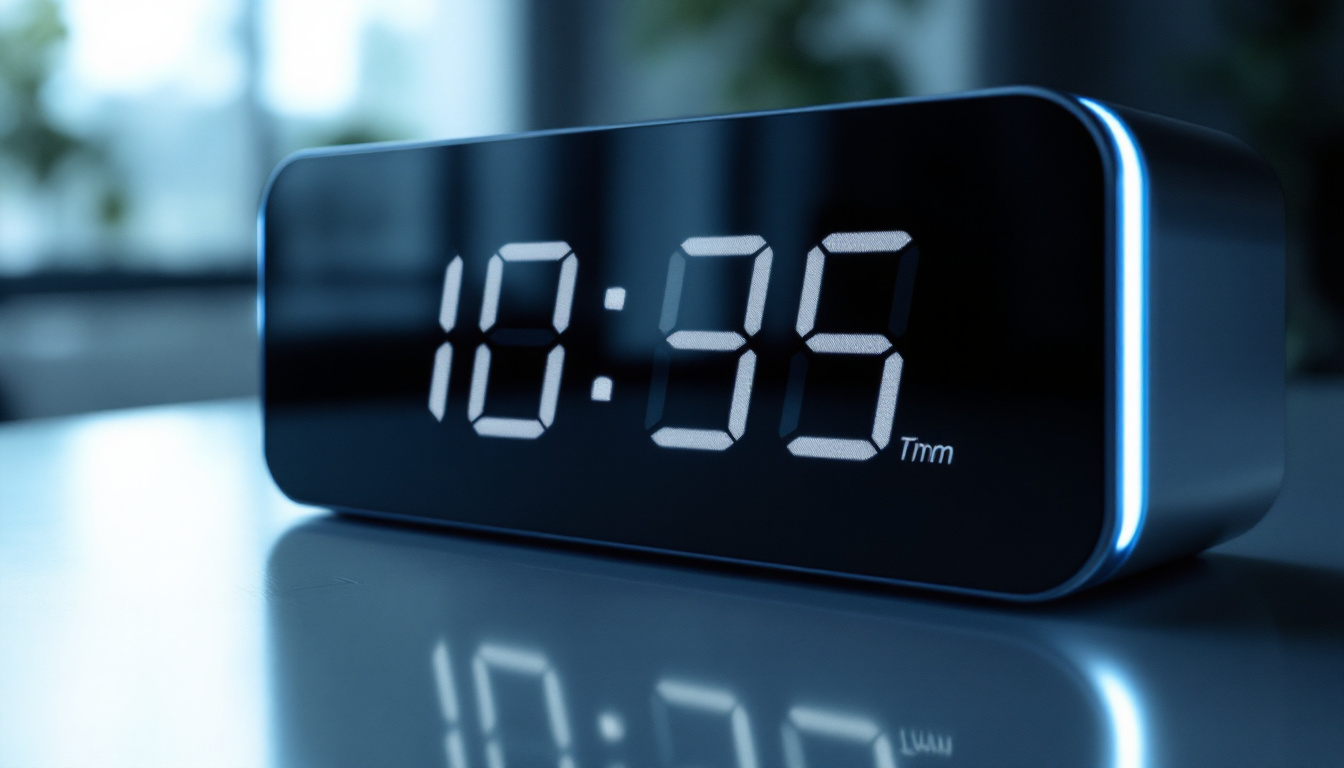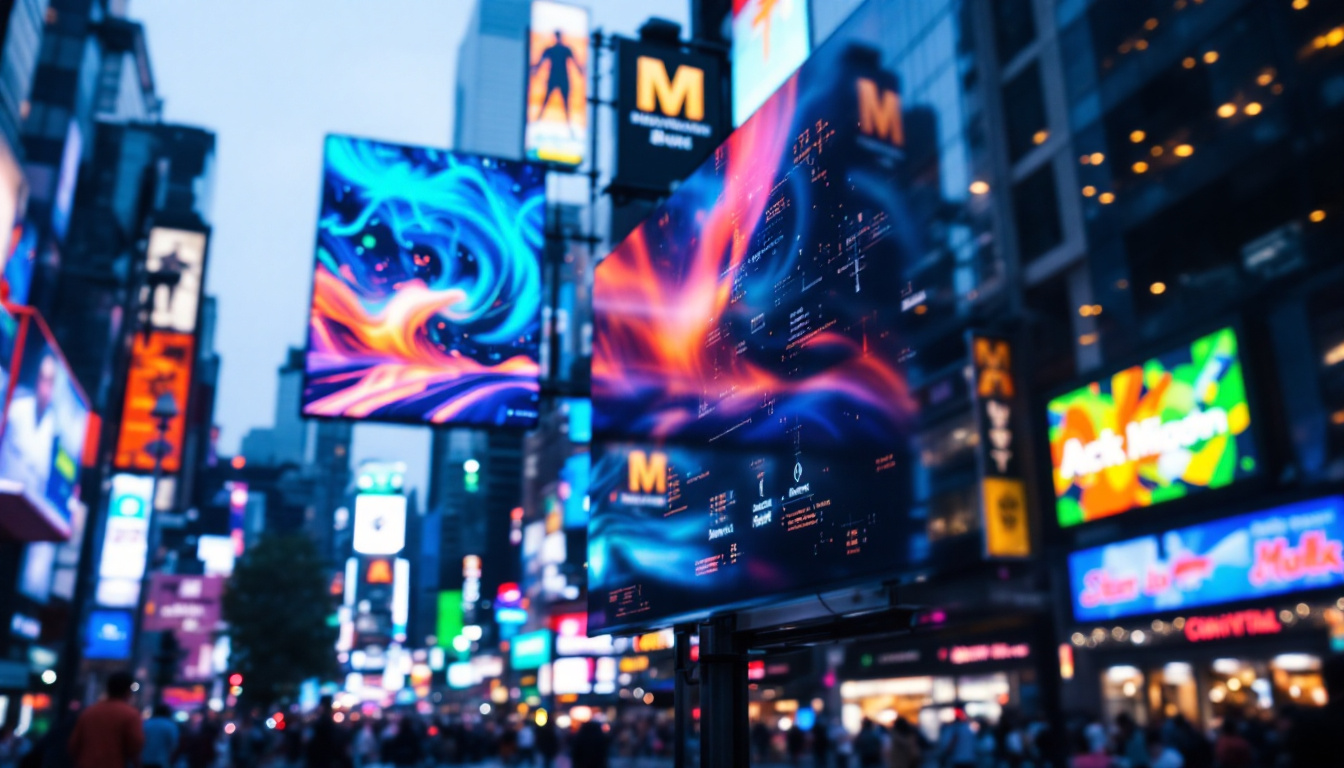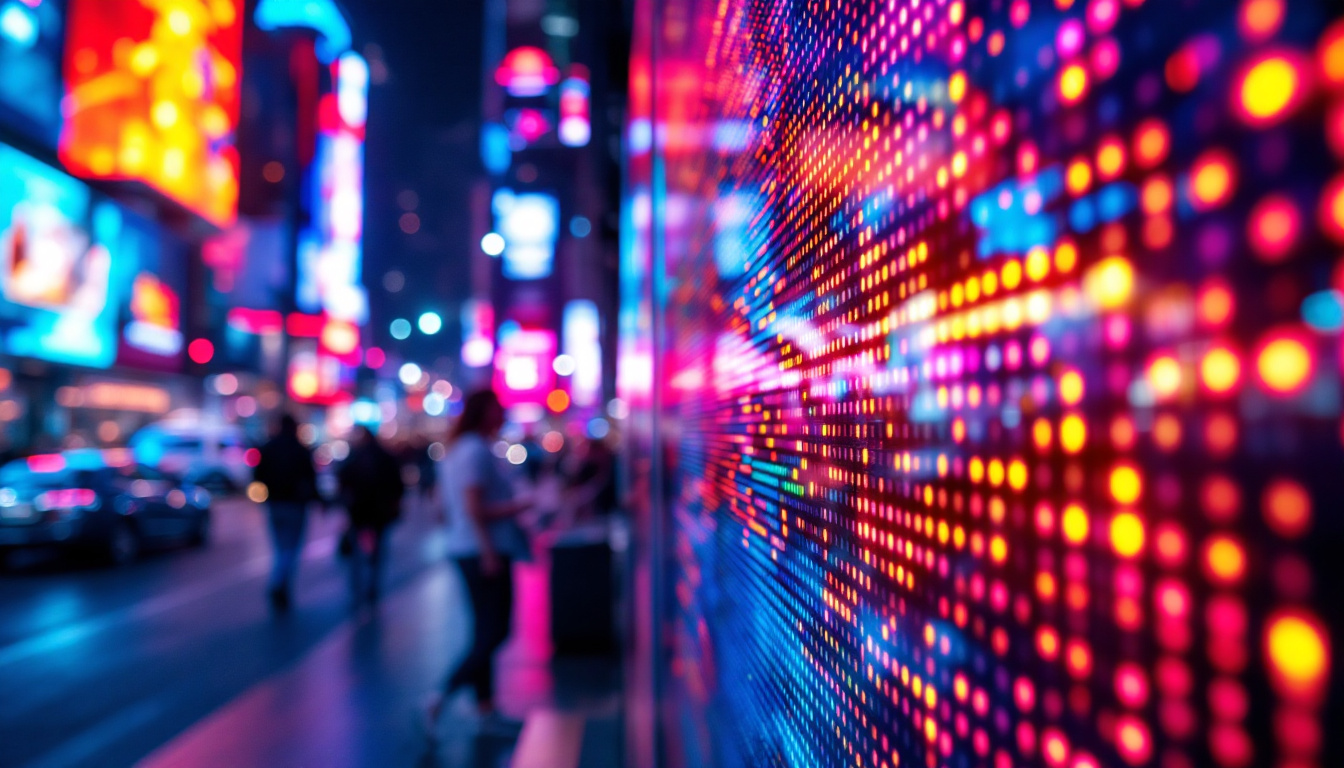In a world increasingly dominated by technology, the digital LED clock has become a staple in homes, offices, and public spaces. With its bright, easy-to-read display, this modern timepiece not only serves the fundamental purpose of telling time but also adds a touch of style to any environment. This article delves into the intricacies of LED displays, particularly in the context of large digital clocks, exploring their functionality, advantages, and the technology behind them.
Understanding LED Technology
Light Emitting Diodes (LEDs) have revolutionized the way we perceive light and display information. Unlike traditional incandescent bulbs, LEDs are semiconductor devices that emit light when an electric current passes through them. This technology has enabled the creation of vibrant displays that are energy-efficient and long-lasting.
How LEDs Work
The fundamental principle behind LEDs involves electroluminescence, where a material emits light in response to an electric current. The core of an LED consists of a p-n junction, where two types of semiconductor materials are joined together. When voltage is applied, electrons recombine with holes in the semiconductor, releasing energy in the form of photons, which we see as light.
This mechanism allows LEDs to produce bright light without generating excessive heat, making them ideal for various applications, including digital clocks. Their compact size also means they can be arranged in various configurations to create large displays that are both functional and visually appealing.
Types of LED Displays
LED displays come in several types, each suited for specific applications. The most common types include:
- Single Color Displays: Typically used for simple applications like clocks and signage, these displays emit one color, often red or green.
- RGB Displays: Capable of producing a wide range of colors, RGB displays are often used in advertising and entertainment, allowing for dynamic visuals.
- Segmented Displays: These are commonly found in digital clocks, featuring segments that can be turned on or off to represent numbers and letters.
The Advantages of Digital LED Clocks
Digital LED clocks have gained popularity for various reasons, making them a preferred choice for many consumers. Their benefits extend beyond mere aesthetics, impacting functionality and usability.
Visibility and Readability
One of the most significant advantages of LED clocks is their visibility. The bright display ensures that the time is easily readable from a distance, making them ideal for large rooms or outdoor settings. The clarity of the digits is especially beneficial in low-light conditions, where traditional clocks may struggle to be seen.
Moreover, the size of the digits can be customized according to the needs of the user. Large display options are particularly popular in public spaces, such as train stations and airports, where quick readability is essential.
Energy Efficiency
Energy consumption is a critical factor in today’s environmentally conscious world. LED technology is known for its energy efficiency, consuming significantly less power than traditional lighting solutions. Digital LED clocks typically require minimal energy to operate, which translates into lower electricity bills and a reduced carbon footprint.
This energy efficiency not only benefits the environment but also enhances the longevity of the clock. LEDs have a lifespan of up to 50,000 hours, meaning that users can enjoy their clocks for years without the need for frequent replacements.
Versatility and Design
Digital LED clocks come in various designs, sizes, and colors, allowing them to fit seamlessly into any décor. From sleek, modern designs to more classic styles, there is an LED clock to suit every taste. This versatility extends to functionality as well; many digital clocks come with additional features such as alarms, temperature displays, and even Bluetooth connectivity.
Some models are designed for specific environments, such as outdoor clocks that are weather-resistant or clocks with adjustable brightness settings for different lighting conditions. This adaptability makes them a popular choice for both residential and commercial use.
Key Features of Large Display Digital LED Clocks
When selecting a large display digital LED clock, several features can enhance the user experience. Understanding these features can help consumers make informed choices that best meet their needs.
Time Format Options
Many digital LED clocks offer flexibility in time format, allowing users to choose between 12-hour and 24-hour displays. This feature is particularly useful for international users or those in professions where military time is standard. The ability to switch formats ensures that the clock can cater to various preferences and needs.
Alarm and Snooze Functions
Alarm features are common in digital LED clocks, providing users with the ability to set reminders or wake-up calls. The snooze function is an added convenience, allowing users to temporarily silence the alarm while still ensuring they wake up in a timely manner. This functionality can be particularly beneficial for those who struggle with early mornings.
Temperature and Humidity Readings
Some advanced digital LED clocks come equipped with sensors that display temperature and humidity levels. This feature can be particularly useful in environments where monitoring these conditions is essential, such as in homes with sensitive electronics or in greenhouses. Having this information readily available can help users maintain optimal conditions for their environment.
Choosing the Right Digital LED Clock
With a plethora of options available in the market, selecting the right digital LED clock can be a daunting task. However, considering specific factors can simplify the decision-making process.
Size and Display
The size of the clock is perhaps the most critical factor to consider. A large display is essential for visibility, especially in larger spaces. When choosing a clock, consider the distance from which it will be viewed. A clock meant for a bedroom can be smaller than one intended for a conference room or public space.
Additionally, the display type matters. Some clocks feature bright, high-contrast displays that are easier to read, while others may have a softer glow that is less intrusive at night. Assessing the intended use will help determine the best display option.
Additional Features
As mentioned earlier, many digital LED clocks come with extra features that enhance their functionality. Consider which features are most important. For example, if the clock will be used primarily as an alarm, ensure it has a reliable alarm function and a snooze option. If monitoring environmental conditions is a priority, look for models with built-in sensors.
Design and Aesthetics
The design of the clock should complement the space in which it will be placed. Whether opting for a minimalist design or something more decorative, the clock should blend seamlessly with the surrounding décor. Colors, materials, and overall style can significantly impact the visual appeal of the clock.
Maintenance and Care for Digital LED Clocks
Maintaining a digital LED clock is relatively straightforward, but proper care can extend its lifespan and ensure optimal performance. Here are some tips for keeping a digital LED clock in top condition.
Cleaning the Display
The display of a digital LED clock can accumulate dust and fingerprints over time. To clean the screen, use a soft, lint-free cloth and a mild cleaning solution. Avoid using abrasive materials or harsh chemicals, as these can damage the display. Regular cleaning will help maintain visibility and ensure that the clock remains an attractive addition to any space.
Battery Replacement
If the clock is battery-operated, it is essential to check and replace the batteries regularly. Some clocks may have a low battery indicator, but it is good practice to replace the batteries every six months to ensure uninterrupted operation. For clocks that are plugged in, inspect the power cord and outlet for any signs of wear or damage.
Software Updates
For digital LED clocks with smart features, checking for software updates can enhance functionality and security. Manufacturers may release updates to improve performance or add new features. Regularly checking the manufacturer’s website or app can ensure that the clock remains up-to-date.
The Future of Digital LED Clocks
As technology continues to advance, the future of digital LED clocks looks promising. Innovations in smart technology, connectivity, and design are likely to shape the next generation of timepieces.
Integration with Smart Home Systems
Many digital LED clocks are beginning to integrate with smart home systems, allowing users to control their clocks through voice commands or mobile apps. This connectivity can enhance the functionality of the clock, enabling features such as automated alarms or synchronized time settings across multiple devices.
Enhanced Display Technologies
Future developments in display technology may lead to even more vibrant and energy-efficient displays. Innovations such as OLED (Organic Light Emitting Diodes) could provide deeper blacks and a wider color range, enhancing the visual appeal of digital clocks. Additionally, advancements in flexible display technology may allow for unique clock designs that can be adapted to various environments.
Personalization Features
As consumers increasingly seek personalized products, future digital LED clocks may offer customizable features. Options like adjustable colors, fonts, and display layouts could allow users to tailor their clocks to their preferences. This level of personalization could make digital clocks not just functional devices, but also integral parts of home and office décor.
Conclusion
Digital LED clocks with large displays have become essential tools in modern life, combining functionality with aesthetic appeal. Their energy efficiency, visibility, and versatility make them a popular choice for a wide range of applications. Understanding the technology behind LED displays, along with the various features available, can help consumers make informed decisions when selecting a clock that meets their needs.
As technology continues to evolve, the future of digital LED clocks promises exciting advancements that will enhance their functionality and integration into our daily lives. Whether for personal use or in commercial settings, these timepieces will undoubtedly remain a staple in our increasingly digital world.
Illuminate Your Space with LumenMatrix
Ready to elevate your environment with a digital LED clock that boasts unmatched clarity and design? LumenMatrix is at the forefront of LED display innovation, offering a diverse range of solutions tailored to your unique needs. From captivating Indoor LED Wall Displays to dynamic Outdoor LED Wall Displays, and even specialized options like Vehicle LED Displays and LED Sports Displays, LumenMatrix ensures your message shines brightly. Embrace the future of visual communication with our cutting-edge technology. Check out LumenMatrix LED Display Solutions today and transform your space with luminous precision.

